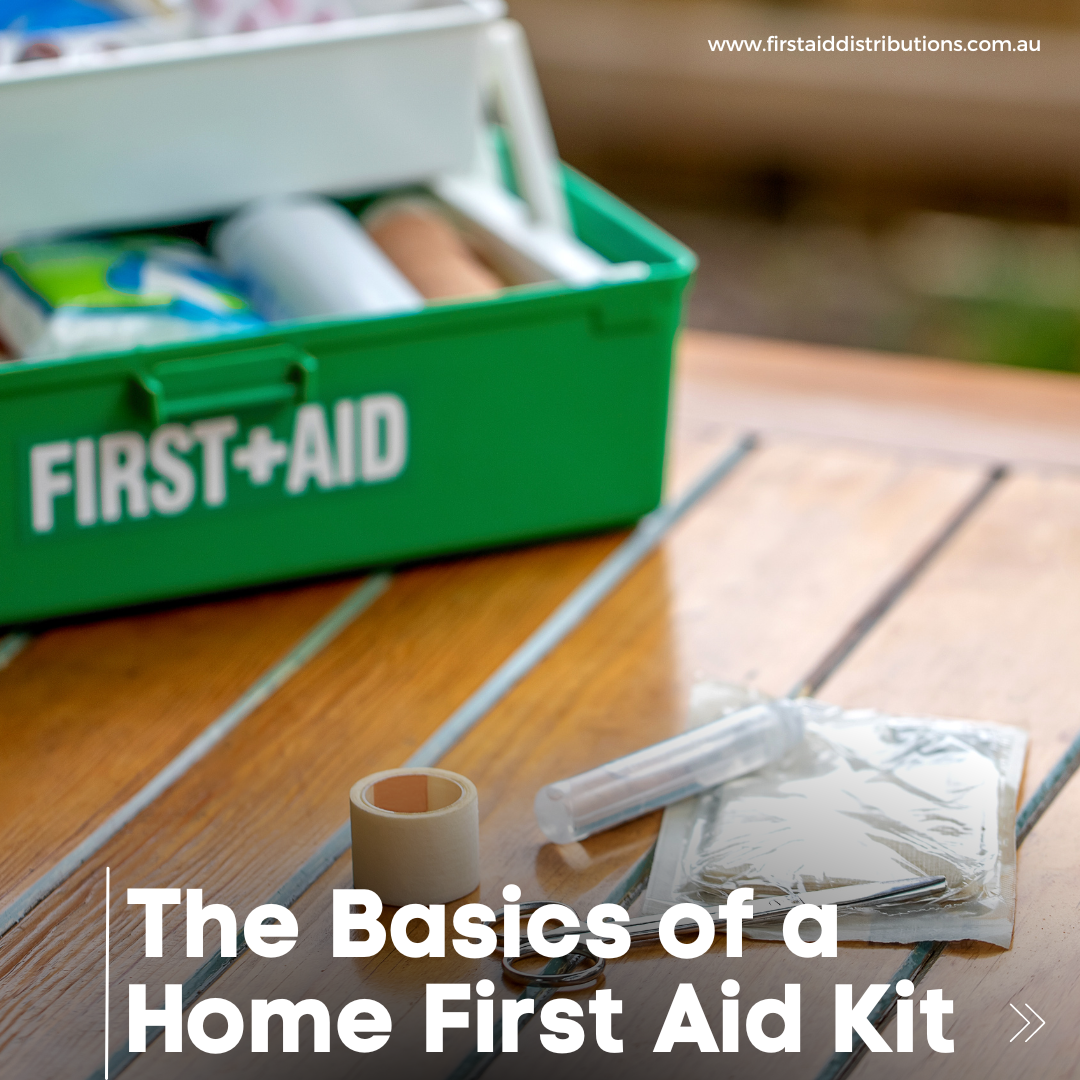FREE FREIGHT AUSTRALIA WIDE FOR ORDERS OVER $200

The Basics of a Home First Aid Kit
In the unpredictable tapestry of daily life, a well-stocked home first aid kit emerges as a vital component, offering peace of mind and practical solutions to handle minor accidents and injuries. It serves as a crucial first line of defence, providing immediate care and preventing further injury until, if needed, professional medical help can be obtained.

The importance of a home first aid kit extends beyond mere convenience. In moments of crisis, it can be a lifesaver, allowing quick response to various emergencies – from a child's scraped knee to a more serious burn or cut. It's not just about having the right tools, but also about the ability to act promptly and effectively.
Essential Components:
- Adhesive Bandages: A variety of sizes and shapes to address different wounds. Consider including butterfly closures for deeper cuts.
- Sterile Gauze Pads and Rolls: Essential for dressing larger wounds, these can be used to apply pressure to bleeding injuries and for wound protection.
- Antiseptic Wipes or Solution: Crucial for cleaning wounds to prevent infection. Options include hydrogen peroxide, iodine wipes, or alcohol pads.
- Tweezers: Not just for splinters, but also for removing debris from wounds.
- Scissors: Medical-grade scissors can cut through clothing or bandages without risking injury.
- Disposable Gloves: Protects both the caregiver and the recipient from potential infection. Nitrile gloves are a good choice for those allergic to latex.
- Pain Relievers: Ibuprofen, aspirin, and acetaminophen cater to different needs, from reducing fever to alleviating pain.
- Thermometer: Digital thermometers provide quick and accurate readings.
- Elastic Bandages: Useful for strains and sprains, they provide support and reduce swelling.
- First Aid Manual: A comprehensive guide for treating various injuries can be invaluable, especially in stressful situations.

Additional Recommendations:
- Cold Pack: Instant cold packs can reduce swelling and provide relief from sprains and strains.
- Burn Gel or Cream: For immediate first-aid treatment of minor burns.
- Eye Wash Solution: To help flush out irritants or debris.
- Allergy Medication: Antihistamines for unexpected allergic reactions.
Equipping your home with a well-thought-out first aid kit is a proactive step towards ensuring safety and preparedness. Remember, a first aid kit is a dynamic entity – its contents should be regularly reviewed and replenished. Tailor it to the specific needs of your household, and ensure everyone knows its location and the basics of how to use it. In fostering a safe and prepared environment, a well-stocked first aid kit is not just a tool, but a guardian of your family's well-being.
